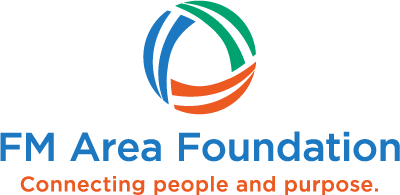Inflation, interest rates, income tax, and the IRS are ever-present topics during discussions with your clients. Right now, there’s a lot to talk about, especially related to charitable giving.
Let’s look at two examples of hot topics that may take a front seat in your client conversations this fall as you are helping your clients consider their options for structuring charitable giving and philanthropic legacies in the current economic environment.
Our first hop topic is the notion that rising interest rates can increase the attractiveness of certain charitable remainder gift vehicles.
Clearly, wealth planning priorities are impacted by interest rates. Charitable components of estate and financial plans are no exception. When interest rates are high, your clients may want to look closely at annuity vehicles that leave a remainder gift to charity, such as a charitable remainder annuity trust or a charitable gift annuity.
Creating a charitable remainder annuity trust in a high interest rate environment, versus a low interest rate environment, drives down the present value of your client’s income stream, which means that the value of the remainder passing to charity is relatively high and therefore so is the client’s upfront tax deduction for the charitable portion of the gift.
Charitable gift annuities also are becoming more attractive to philanthropic clients, for different reasons. Thanks to the recent increase in rate of return assumptions for charitable gift annuities, this planned giving vehicle is now more attractive to donors who like the idea of a higher payout rate for their lifetime annuity.
Our second hot topic relates to the IRS. Projected increases in the IRS’s ranks may be raising more advisors’ and clients’ eyebrows than actual tax hikes. The much anticipated Inflation Reduction Act is now law, and while the Act did include changes to a few income tax provisions, many tax professionals are viewing the Act’s $80 billion in funding increases for the IRS to be the bigger headliner.
Some commentators worry that the IRS still may not be able to build its staff and update technology as quickly as the legislation anticipated. Nonetheless, financial advisors, attorneys, and accountants are taking note. In all likelihood, shoring up the IRS’s operations means that the chances of client audits will increase. Your clients may even be reading up on this in the mainstream media, which frequently cites unusually large charitable deductions as a potential trigger for an IRS audit.
Now is the time to make sure your clients understand the rules for charitable deductions and commit to keeping track of their donations in detail. Establishing a fund at the community foundation is an easy way for clients to organize and track their annual giving.
Some clients, for example, make a single, tax-deductible transfer of highly-appreciated stock each year to their fund at the community foundation. The proceeds from the sale of that stock are then used for distributions from the fund to the client’s favorite charities. In this situation, no matter how many different charities benefit from the fund, the client still has just one receipt to keep track of charitable donations for income tax deduction purposes.
Please reach out to learn more about ways the FM Area Foundation can work with you and your clients to navigate the ever-changing economic factors that influence their charitable giving plans.
“





